Driving in France: Guide for Tourists
Driving in France is a great way to see the country. While many places can be easily explored by trains or flights, and it can be cheaper due to high gas prices in Europe, having a rental car in France is a must in some regions.
I’ve driven all over France (including even Paris) many times, solo and with the kids as I used to live in France on two occasions. Here are some basic things to know about driving in France that will help make you feel more confident.
This guide will give you tips for just driving in France. I have another post about renting a car in France and what to pay attention to in order not to overpay.
Is it safe to drive in France as tourist?
It’s very safe to drive in France and it’s not as overwhelming as in some other places around the world. Unless you want to drive through the Arc de Triomphe roundabout in Paris (and I’m saying this as somehow who learned to drive in Mexico City) 😉

Driving in France: Basics Rules
Speed limits are in Kilometers and are displayed via a round sign with the number inside.
General speed limits for the freeways are 90-130 km and when you approach a town it drops down to 70km. Within towns, limits are usually 30-50km. Once you get through a designated area with a lower speed limit, there are circular signs with that speed limit number displayed with a slash through it.
If you see a speed sign with the word “rappel” below it, it means not always present. Basically, the speed limit can change suddenly.
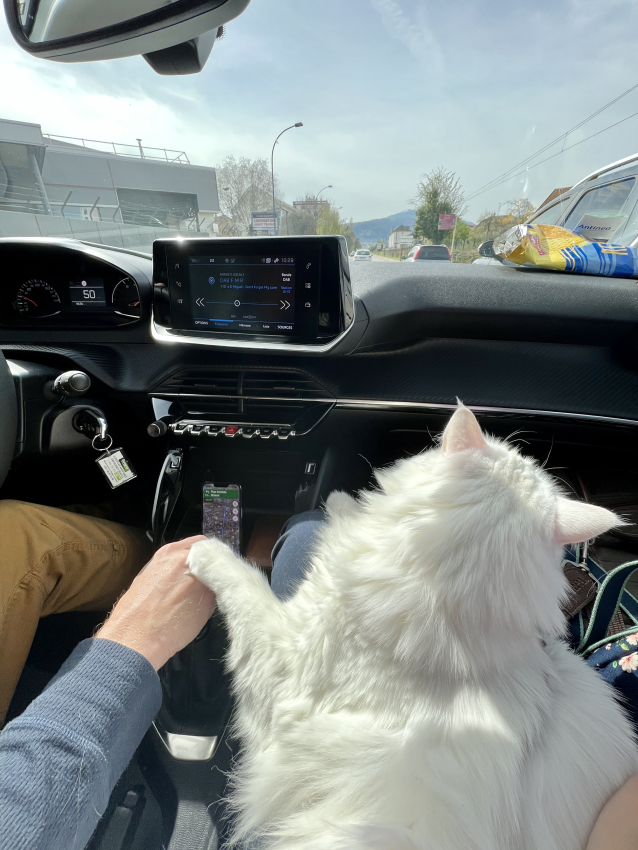
French catch drivers for speed violations through speed-trap cameras, so similar to driving in Italy – you might get a ticket months later. There are often signs warning you of a speed camera ahead.
On highways and freeways, the left-most lane is the fast lane, and you should never pass on the right-hand side of another car.
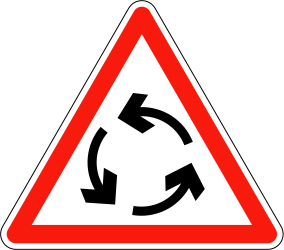
France uses roundabouts much more frequently than stop signs. You must yield when approaching an oncoming roundabout, and then enter the traffic circle.
Lots of streets are one-way streets within towns. Pay attention.
It is illegal to turn right on a red light. It’s illegal across all Europe unless a sign or signal specifically authorizes it (most common in Germany).
The legal limit for drunk driving in France is 0.05%. It equals about one glass of wine, which for a wine-loving county isn’t much.
France has certain restricted zones called ‘Zone à Circulation Restreinte’ (ZCR) in major cities such as Paris, Lyon, Lille, or Marseille. It’s been implemented as Low Emission Zone measure in order to improve air quality. During days of high pollution levels, only vehicles displaying the “Crit’Air” sticker on their windscreen will be able to circulate. You shouldn’t be bothered with this regulation during a short tourist trip, unless it, unfortunately, falls on a high pollution day so make sure to double-check with your rental agency.

French Toll Roads
French toll roads have the highest rate of maximum speed, and multiple lanes, and get you to your destination quickly. They’re marked as “aire” and usually you can see signs a few km in advance.
French toll booths have multiple lanes of kiosks with machines to either take the ticket or to pay for the freeway. You will want to use the péage kiosks that have a blue electronic sign at the top with a graphic displaying coins and a card. Kiosks marked solely with an italic T on the blue electronic sign take toll tags only.
Always have coins to pay for the tolls, because certain foreign credit cards might not work.
Lines to the toll might be long, especially when driving around the Swiss border or Paris. The longest I ever waited to pay for one toll was about 35 minutes and the only ever car accident I had was actually on the French Riviera waiting to pay the toll when some lady bumped into my car (nothing happened, but just warning you to pay attention).

Driving in France with Children
Driving in France with kids is amazing because the country offers various rest stops and most of the time they have little playgrounds for kids, picnic tables, pet area – it’s pretty amazing if you compare
All children up to the age of 10 must travel in a car seat or restraint. Backless booster seats can only be used by children over 125 cm unless it’s a taxi (saying this because if you order a taxi with a car seat in Paris they will usually give you a backless booster for kids as young as 3).
French car seat rules are basically the same as anywhere within the EU:
| Weight | |
|---|---|
| Group 0: < 10 kg | Rear-facing child seat placed either at front passenger seat (airbag switched off) or back seat. Babies can also travel in a carry cot on the rear seat only |
| Group 0+: < 13 kg | These are slightly bigger versions of those in Group 0. They must be installed under the same conditions as those in Group 0 |
| Group 1: 9 – 18 kg | Child seat with a 5-point harness or a protection tray |
| Group 2: 15 – 25 kg | Booster seat or cushion with an adult seat belt |
| Group 3: 22 – 36 kg | Booster seat or cushion with an adult seat belt |
Driving in Different Regions in France
I will say that while you’re driving around Provence or French Alps you can experience a very chilled atmosphere, driving in Paris or French Riviera is a different story. Hence why I always recommend day trips from Paris vs renting a car.
Driving on the French Riviera, especially around Nice, is challenging because drivers are aggressive. Motorcycles and mopeds can drive in between slow or stopped cars so you need to be particularly careful.

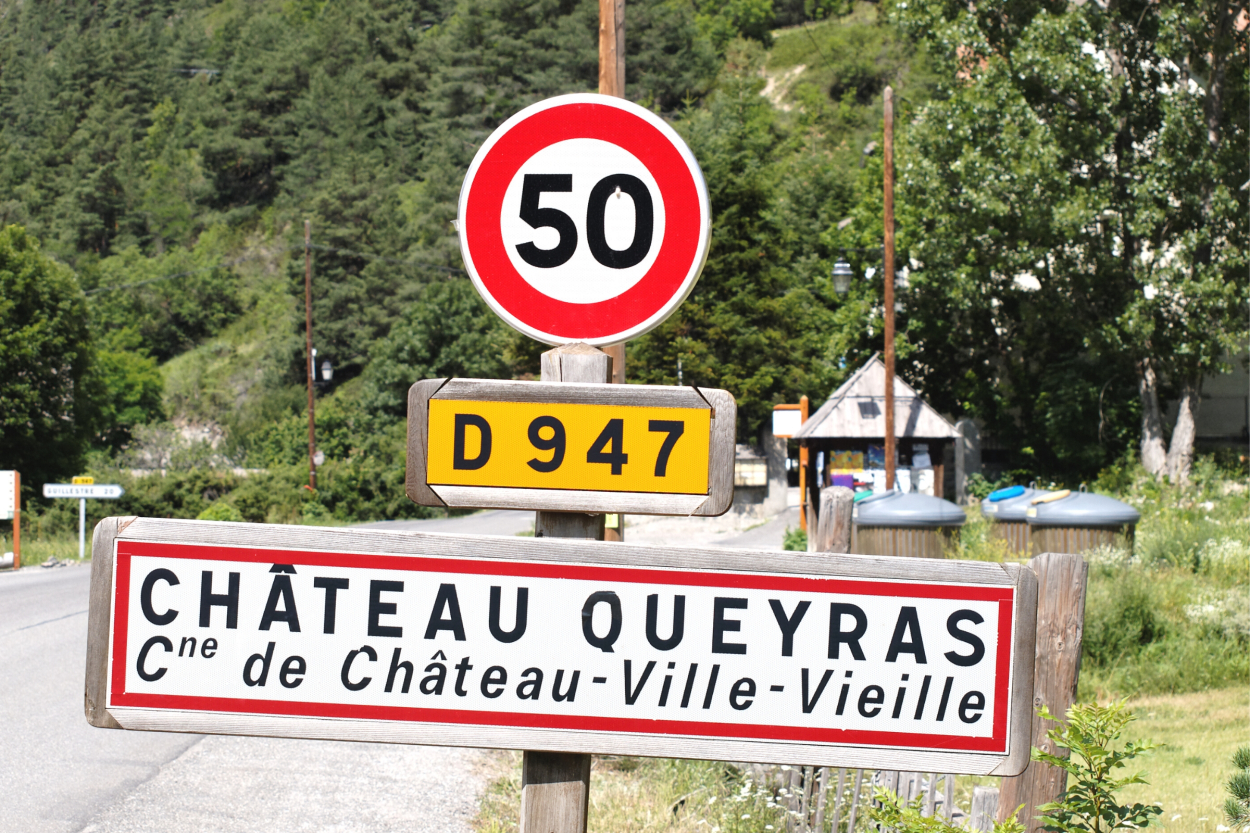
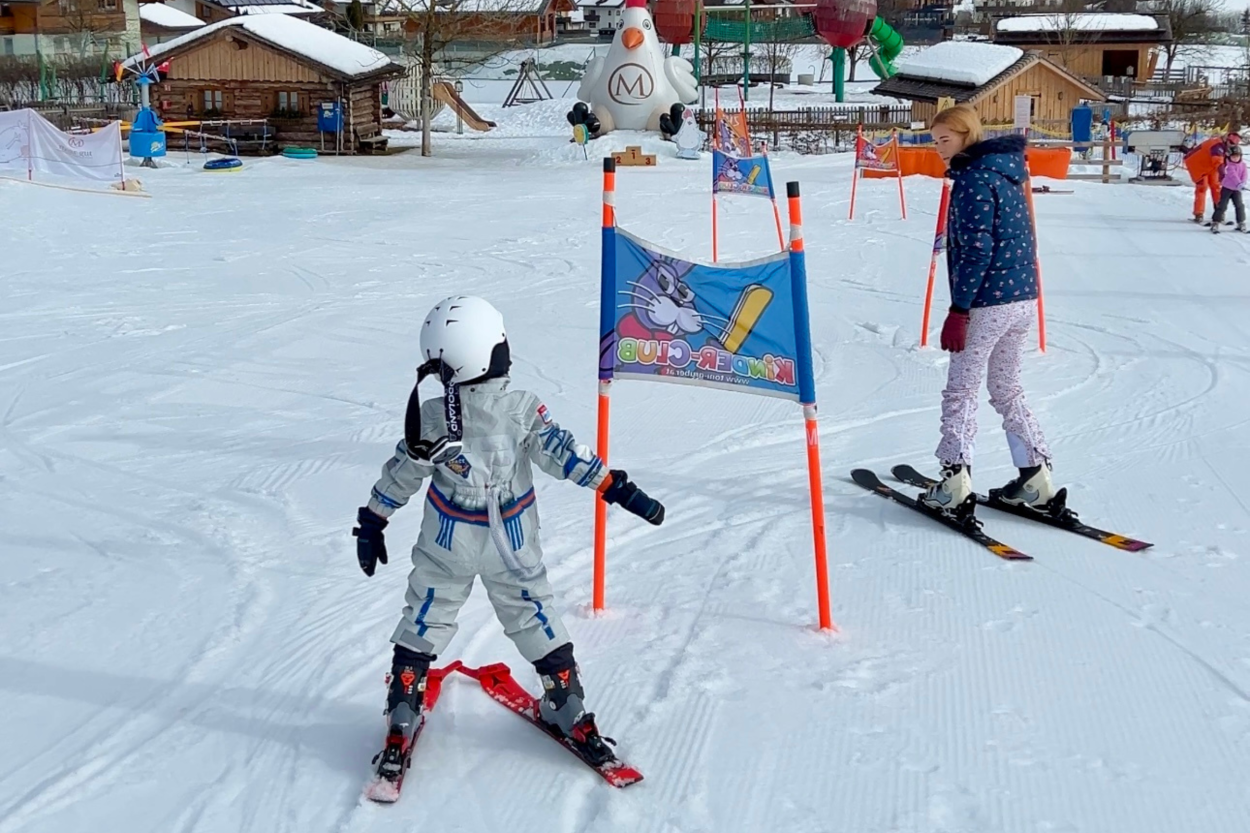

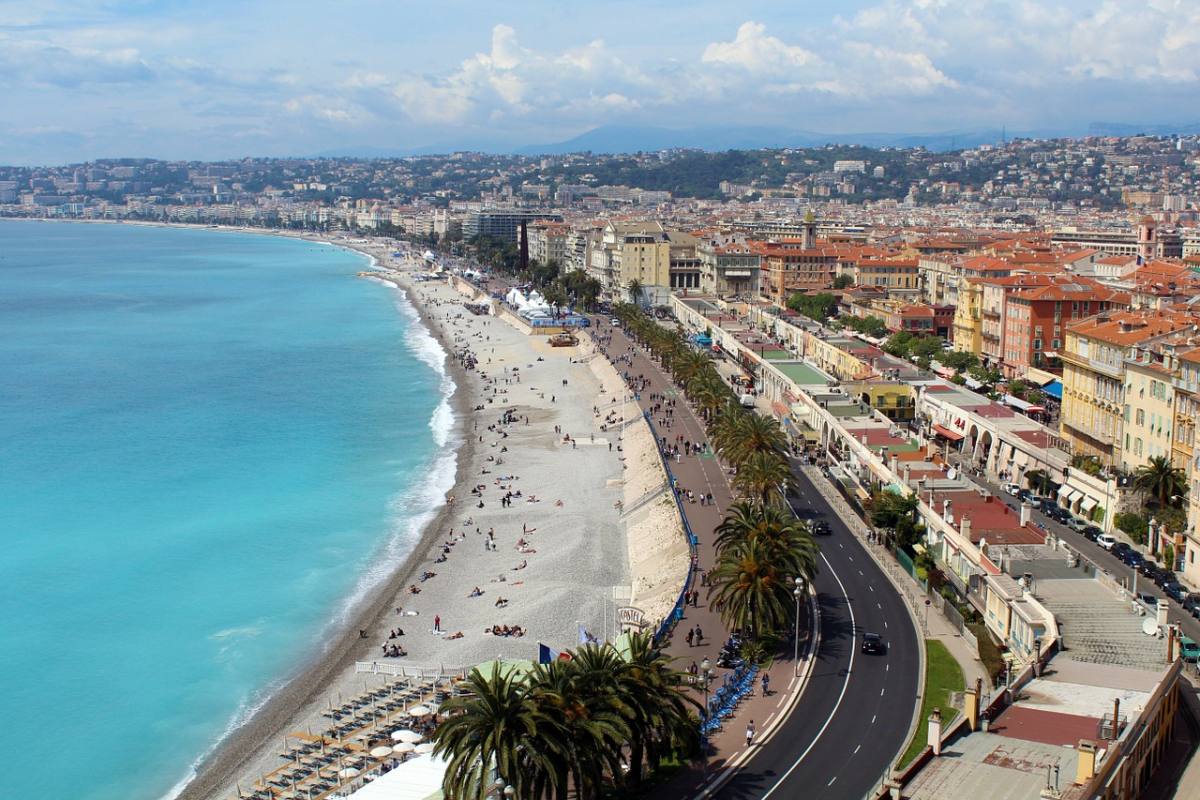
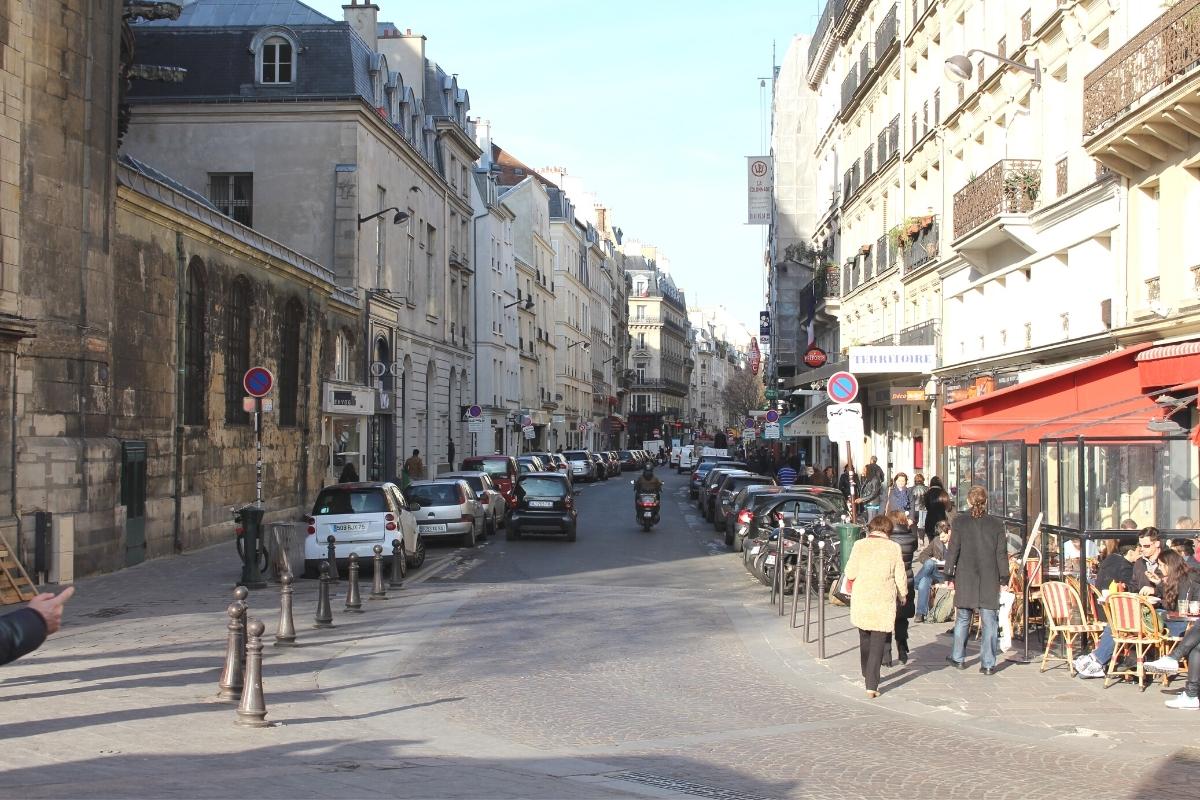

Thank you for a very helpful post. Planning to rent a car in our next trips, mainly to travel in Loire valley and in Provence area – this year and next. More than driving, I am concerned about parking. Will definitely not drive in big cities like Nice, Marseille or Paris, but want to know if there are blogs/sites that are helpful in planning for parking ahead of time, in smaller towns. If needed, we can parallel park, but was hoping there are at least some car parks/parking lots, even if they are a bit costly.
Not that I’m aware of. We just used to find them on Google Maps if possible, but in smaller towns you just need to look for parking as you go.